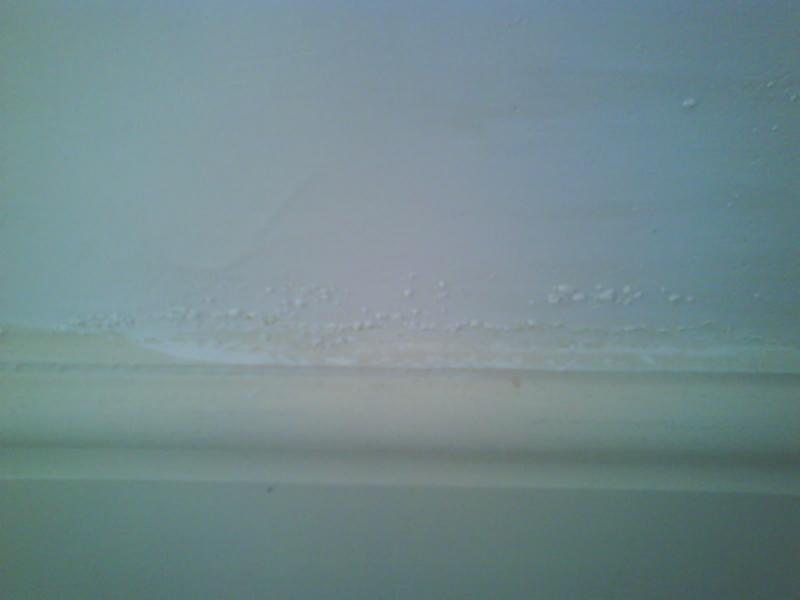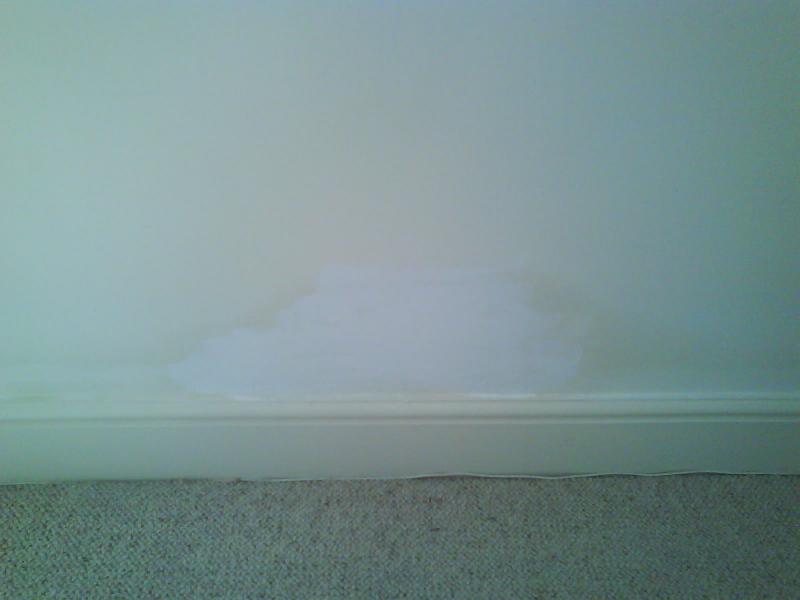My house has been extended over the years by previous owners so that now three of my interior walls were originally the exterior walls. Last year I noticed that at the bottom of one of these walls the paint/plaster had started blistering. The affected area rises to no more than 2 inches above the skirting board. I have recently noticed the same problem on another of my interior walls that used to be an exterior wall.
My first thought was damp but having looked at many websites on the subject I cannot find anything that matches the same symptoms that I'm seeing. For example, rising damp appears to affect a lot more of a wall. Can anyone give me an indication of what the problem might be and how it can be fixed please?
Thanks
My first thought was damp but having looked at many websites on the subject I cannot find anything that matches the same symptoms that I'm seeing. For example, rising damp appears to affect a lot more of a wall. Can anyone give me an indication of what the problem might be and how it can be fixed please?
Thanks



